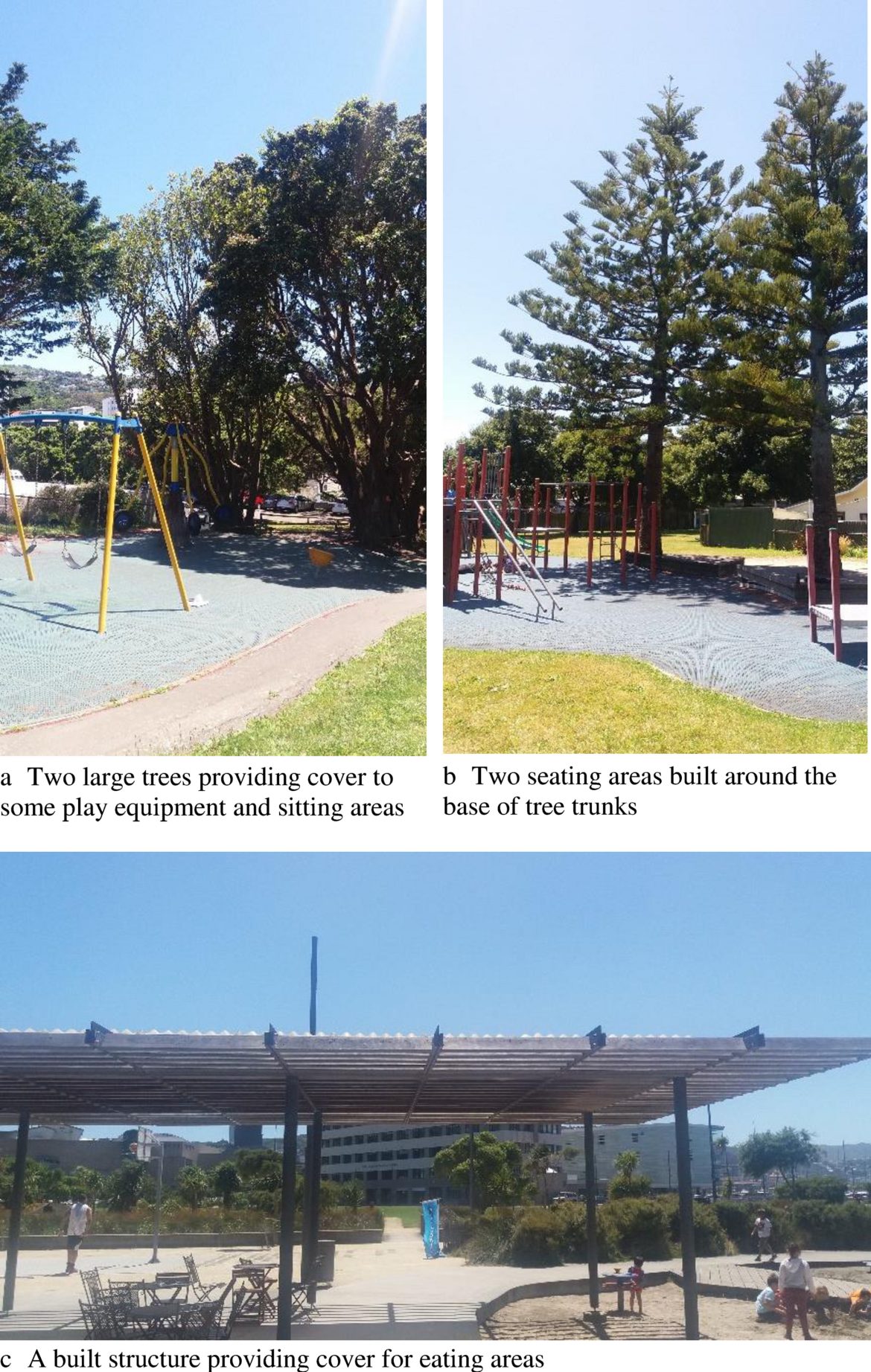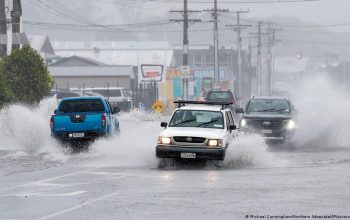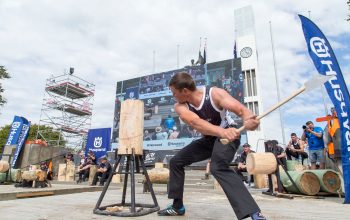Palmerston North’s parks and playgrounds may have trees as protective shields in a maximum of four times faster than would have been planted from a $10K annual tree-planting program. The city council’s play, recreation, and sport committee have recommended that the budget increases to $40,000 per year. However, this recommendation is still under approval after the final debates on increases commence next year.
After an audit report indicates that only 30 to 79 parks have had substantial amounts of shade, the new campaign ensues. Three gardens have had no shade and no trees that have been newly planted.
According to Cancer society community health advocate Kerry Hocquard, it’s worrisome that New Zealand has had the most significant number of death rates globally due to melanoma. Hocquard further states that it’s a big concern skin cancer has been the ordinarily frequent type of this health condition that falls for diagnosis.
Skin cancer is known to be avoidable by 90 percent by practicing sun-protective habits and other environmentally friendly actions, such as getting shade as frequently as possible. Hocquard says that, so far, there have been about 49 parks and 16 playgrounds that need an extra 430 trees for planting. Approximately 15 years are left to pass before having substantial shades in all of these outdoor spaces, given the present state of improvements.
Hocquard announces that the council is to prioritize the provision of shade trees to playgrounds and parks in parts of the city in poorer conditions. People in these places are less capable of spending money on skin protection products due to low income. In these places, children who play outdoors are frequent sights.
Kathy Dever-Tod, council group manager for parks and logistics, shares that the availability of an artificial shade is a priority in certain parks. At the same time, the other shielding structures come as secondary choices. However, trees have always been the preferences in focus due to their roles as influencers in making the city’s carbon footprint better.
Presently, the price for planting a tree is worth around $250. Given that there’s a $10,000 per year budget, people can produce about 40 trees annually with the said price. Stolen and vandalized newly planted trees that have had contact with effects of rough weather and other external harsh entities, and, hence, damaged and lost. People plant new trees to replace them. Once people plant these new trees, it takes five years for the latter to turn big enough to sizes that would be sufficient to provide necessary shade.



